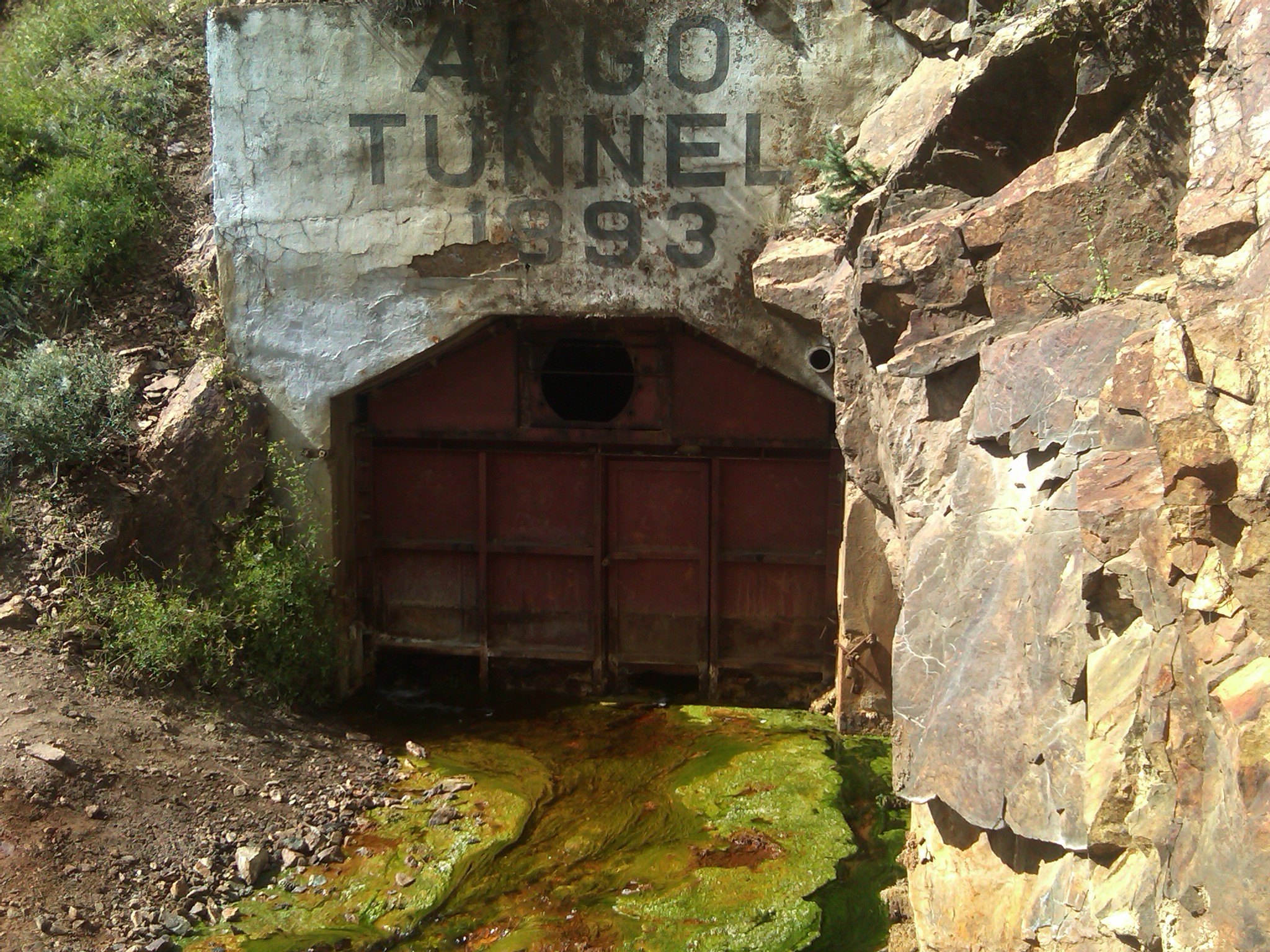

The town had that Old West resilience and fought to stay alive, taking a hit when the Hermosa mine closed in 1881 and later saw a reemergence in 1887 when the mine reopened. Harshaw saw quick success with over 200 buildings and a population of about 2,000 at its peak. The Hermosa mine soon followed, which naturally meant the need to establish a nearby town to keep the mine functioning. A few years later, he found silver in the Patagonia hills. Harshawĭavid Harshaw was ordered to move his cattle away from Apache land and go south of San Rafael Valley. Visitors to Fairbank today can step inside an old schoolhouse that functioned up until the 1930s, see what remains of the town’s hotel, a railroad bridge and other adobe structures that were once stores or homes. But like the other towns dependent on Tombstone, when the silver disappeared, so did the town’s prospects. Established in 1881 with a railroad constructed soon after, Fairbank served as a stopping point between Tombstone and other towns, bringing in supplies and helping move silver to nearby mill towns. It’d be hard to tell from what we see now, but the town of Fairbank once played a big part in the growth of southeastern Arizona. As of today, only a few adobe ruins remain. When the silver mines of Tombstone flooded in 1886, Charleston’s fate was sealed and by 1889, the town was gone. By 1879, Charleston had around 40 buildings including bakeries, a drugstore, blacksmith shops, a brewery and butcher shops. As Tombstone grew, so did Charleston and, just like its counterpart, it shared a reputation of lawlessness which, in turn, attracted many infamous characters like outlaw Frank Stilwell. One of the earlier established towns on the list, Charleston-as well as the neighboring town of Millville-was constructed in 1878, less than ten miles from the San Pedro River, to serve as a mill town to process silver for the town of Tombstone. and Renaud General Store and the Our Lady of Victory Catholic Church. What remains today are two properties that were added to the National Register of Historic Places: the Soto Bros. The 1930s brought the Great Depression and slowly the people of Pearce began to leave. By 1919, the town of Pearce reached a population of 1,500 with schools, stores, hotels, saloons and more. A post office was established in 1896 and soon after came a railroad station. The Commonwealth Mine was established after Pearce’s discovery and the town was suddenly open for business. When the miner and cattleman James Pearce found a piece of gold on his land about 13 miles from Wilcox in 1894, it didn’t take long for the town of Pearce to come to life. Old buildings that were once general stores or hotels, a sidewalk that once helped guide shoppers to their next buy and an old jail are all that remain. Today, a drive to downtown Courtland reveals what was left to the mercy of time. Four mining companies and two railroads helped keep the town bustling, but as it always goes, nothing lasts forever and when the copper ran out, so did the people. The town was founded in 1909 and grew to a population of 2,000. Like many boomtowns in Southern Arizona, Courtland owed its growth to copper mining. The town also features an old school that once stood two stories, a hospital that was used until the late 1930s, a general store, and a cemetery. Serving as a temporary containment area for prisoners being transported to Tombstone, the Gleeson Jail was built in 1910, and thanks to some repair work, it still retains most of its original structure. Just 16 miles east of Tombstone, this former small town, which at its most prosperous time had a population of 500, still houses a few buildings that serve as reminders of what life was like in Southern Arizona in the early 1900s. From mining towns to military forts, here are eight ghost towns to check out for some Southern Arizona history. Sure, you could scroll through vintage black-and-white photos for a dip into the past, or you could follow fellow fortune seekers and actually set foot where it all happened.
#Abandoned places in arizona windows#
What were once thriving towns with bustling streets, filled with people who all shared the dream of striking it rich are now reminders of the old windows into the lives of those who first ventured into the Wild West.


 0 kommentar(er)
0 kommentar(er)
